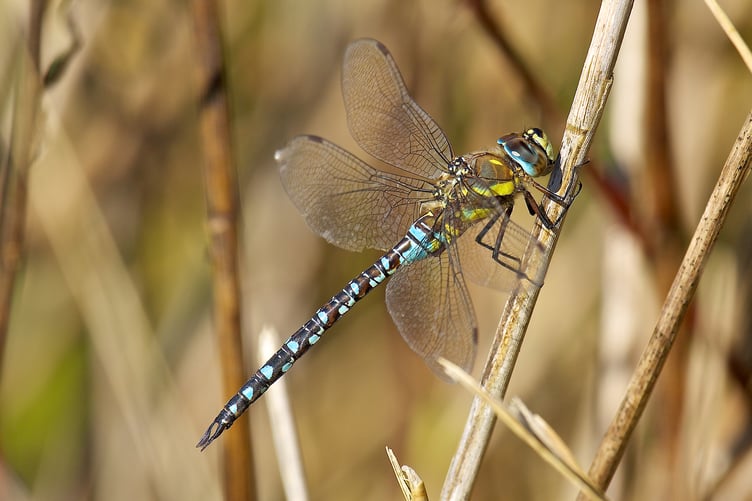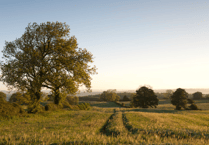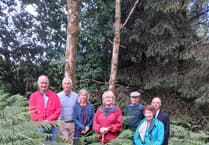A SOMERSET-wide annual citizen science event to help monitor changes in local wildlife populations will take place next month.
The Big Count 2023, organised by Somerset Wildlife Trust, is encouraging as many people as possible to take note of and record the species living in their gardens, parks, green spaces, workplaces, and communities.
The count hopes to inspire people of any age to go outside and connect with nature and the county’s wildlife and, at the same time, become important eyes and ears on the ground as they collect vital data about some of Somerset’s native species to help inform work that is needed to stop further species decline.
This year, The Big Count will run from June 16 to 25 and is supported by regional independent co-operative Southern Co-op.
The public are being asked to record their wildlife sightings on the popular iNaturalist citizen science platform, and on particular to be on the lookout for eight individual species of wildlife and four species groups, which includes goldfinch, dragonflies, spiders, and several species of butterfly.
Anybody can become involved, whether family, friends, neighbours, schools, social groups, scout groups, or congregations.

Those taking part will be able to see their sightings on the iNaturalist map immediately, and there is a frree downloadable pack which explains everything people need to know, which can be found on the Somerset Wildlife Trust website.
The Big Count is part of the trust’s ‘Great Somerset Wildlife Count’ initiative, a joint venture with the Somerset Environmental Records Centre (SERC).
SERC holds more than 2.5 million records of species present in Somerset, but has gaps in its knowledge, especially when it comes to more ‘common’ species, and it hopes that running The Big Count 2023 will help to fill in the blanks and in turn provide important information about the health of the ecosystems which support them, ensuring county-led decisions are being made with wildlife in mind.
Trust head of nature recovery Simon Clarke said: “We were so pleased at how many people got involved last year.
“We were able to add nearly 1,000 species records during ‘The Big Count 2022’, which is an amazing effort.

“We want to do even better this year, so we hope that even more people will come on board.
“It is a great way for people to get out and nurture a nature connection, and it is something really simple that really can make a difference.
“When it comes to records, it is quite literally a numbers game, so we need as many people taking part as possible.“We cannot do this without the public behind The Big Count, so we want everybody to spread the word.”
Southern Co-op sustainability and communications director Gemma Lacey said: “This is such a fun and simple way to get involved in your local wildlife and it can introduce you to nature on your doorstep.
“Somerset Wildlife Trust has identified a real gap in our knowledge about how the more ‘common’ species of wildlife are doing on a wider scale, so it is time for us all to step up and help so they can make the best decisions for nature’s recovery.”
How to get involved
Go to www.somersetwildlife.org/bigcount2023 and download the free digital pack.
Create an iNaturalist account at www.inaturalist.org or download either the iNaturalist or Seek app.
Get counting.
Do as many counts as you can in different places and encourage as many people as you can to do the same.
Do not forget to tag @SomersetWT and @somersetERC in any social media updates, and use the hashtag #BigCount2023.





Comments
This article has no comments yet. Be the first to leave a comment.